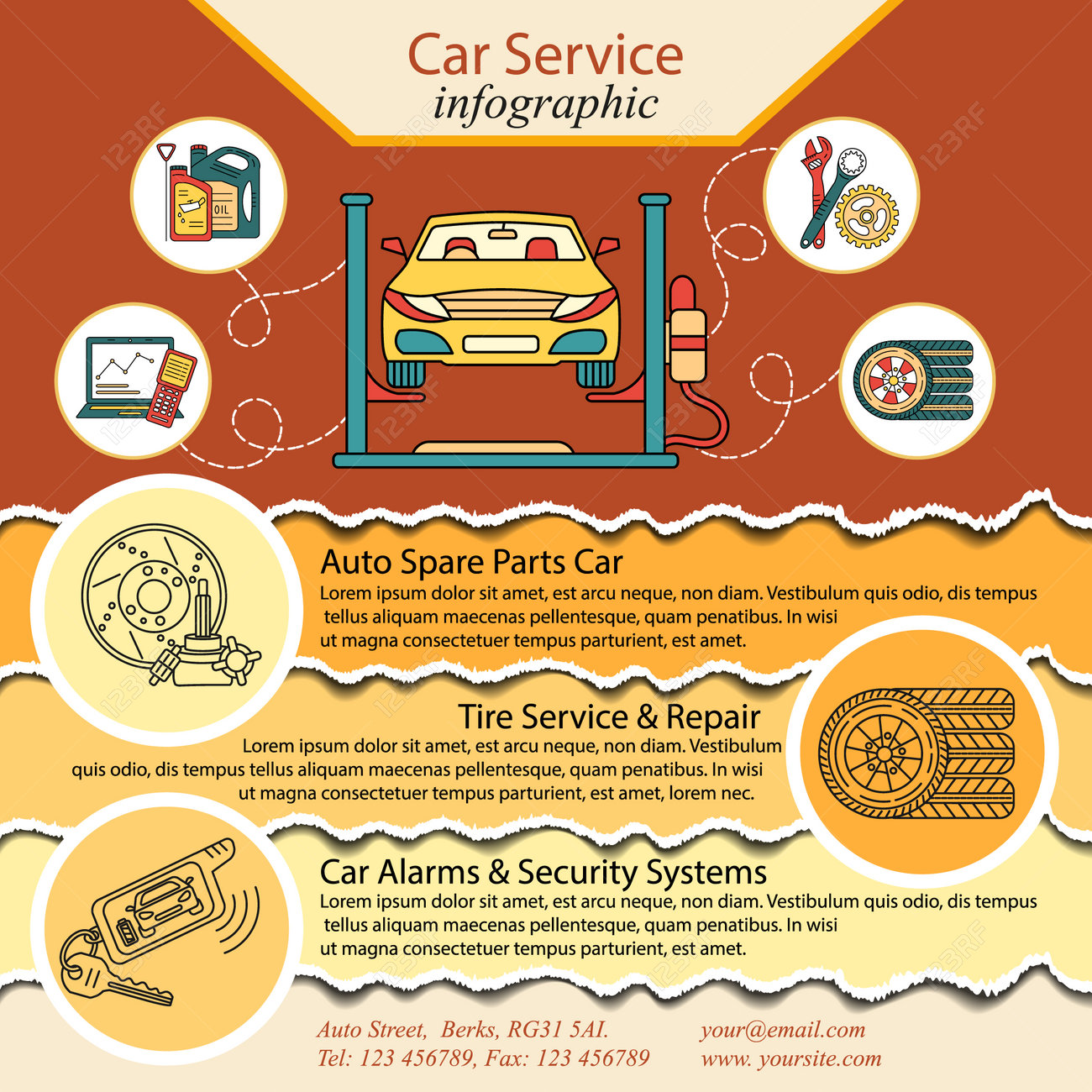Interested About Those Dashboard Caution Lights In Your Auto? Learn What They Mean For Your Automobile'S Health And Wellness
Interested About Those Dashboard Caution Lights In Your Auto? Learn What They Mean For Your Automobile'S Health And Wellness
Blog Article
Created By-Vinson Gilbert
When you lag the wheel, those glowing caution lights on your dashboard can be a bit bewildering. Do you recognize what they're trying to inform you regarding your auto's health and wellness? Understanding the significance of these lights is crucial for your safety and the longevity of your vehicle. So, the next time among those lights turns up, wouldn't you want to analyze its message accurately and take the necessary steps to resolve it?
Common Warning Lighting and Interpretations
Recognize common warning lights in your car and understand their meanings to guarantee safe driving.
One of the most typical warning lights consist of the check engine light, which signals issues with the engine or emissions system. If this light comes on, it's vital to have your lorry examined promptly.
The oil pressure advising light shows reduced oil pressure, needing prompt focus to avoid engine damages.
A flashing battery light may recommend a malfunctioning billing system, potentially leaving you stranded otherwise resolved.
The tire stress monitoring system (TPMS) light signals you to low tire pressure, affecting automobile security and gas effectiveness. Overlooking this can result in unsafe driving problems.
The abdominal light shows an issue with the anti-lock braking system, endangering your ability to quit swiftly in emergencies.
Finally, the coolant temperature alerting light warns of engine getting too hot, which can result in extreme damages if not settled quickly.
Understanding these common warning lights will aid you resolve concerns immediately and keep secure driving problems.
Significance of Prompt Attention
Recognizing the common caution lights in your automobile is only the first step; the value of without delay resolving these cautions can not be emphasized enough to ensure your security on the road.
When carvaletnearhowickaucklandprices brightens on your dashboard, it's your cars and truck's method of communicating a possible issue that requires interest. Disregarding these cautions can bring about much more severe problems in the future, jeopardizing your safety and possibly costing you extra out of commission.
Trigger interest to alerting lights can stop malfunctions and crashes. For example, a flashing check engine light might show a misfire that, if left unattended, could cause damage to the catalytic converter. Addressing this quickly can conserve you from a pricey repair work.
In check out this site , a brake system cautioning light may signify reduced brake fluid or used brake pads, crucial parts for your security when driving.
Do It Yourself Troubleshooting Tips
If you observe a caution light on your control panel, there are a few do it yourself troubleshooting pointers you can attempt before seeking professional aid.
The very first step is to consult your automobile's manual to understand what the certain warning light suggests. In some cases the concern can be as simple as a loose gas cap triggering the check engine light. Tightening the gas cap might solve the issue.
One more common issue is a reduced battery, which can cause various alerting lights. Inspecting the battery links for deterioration and guaranteeing they're safe and secure might deal with the problem.
If a caution light lingers, you can try resetting it by detaching the automobile's battery for a few mins and then reconnecting it. In addition, inspecting your automobile's liquid levels, such as oil, coolant, and brake fluid, can help troubleshoot alerting lights associated with these systems.
Final thought
Finally, comprehending your car's warning lights is necessary for maintaining your vehicle running smoothly and securely. By quickly attending to these signals and understanding what they imply, you can stay clear of pricey fixings and possible break downs.
Keep in mind to consult your vehicle's manual for particular details on each warning light and do something about it appropriately to guarantee a trouble-free driving experience.
Stay notified, remain secure on the road!
